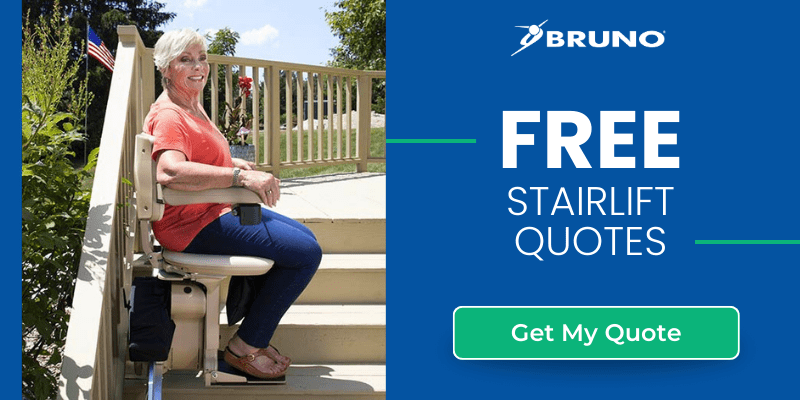According to the CDC, one-in-three older Americans fall each year. Despite this startling statistic, evaluating the risk factors and planning certain necessary changes can help you keep an aging loved one safe by reducing the risk of falling.
Evaluation and Planning
Begin with a review of the risk factors commonly associated with falls and determine if any apply by having your loved one answer yes or no to the following:
- Balance: Are you sometimes off-balance, slow to stand-up, or do you have limited flexibility or mobility issues?
- Vision: Do you have any vision impairment issues or concerns? Do you have the appropriate lighting throughout the house?
- Medications: Have you reviewed all of the side effects of your medication? Certain medications can cause dizziness, sleepiness, or dehydration.
- Exercise/Activity: Do you regularly exercise or have 30-60 minutes of physical activity a day?
- History: Have you fallen before?
Before making any changes to the home or to your lifestyle, it is important to have a plan in place. Some common ways to do this include:
- Having a fall prevention evaluation conducted by your physician.
- Having an eye exam.
- Identifying high-risk areas in the home and looking for adequate lighting, slippery areas, stairs, sharp edges, and other harmful zones.
- Monitoring how your loved one moves, stands up, and if he/she uses the wall or other furniture to balance.
Preventing Falls
After evaluating potential risks and identifying what needs to be addressed, it is now time to implement preventative measures. Reducing the risk of falls can bring comfort to both the caregiver and the aging loved one. In order to prevent falls:
- Keep lights on at the top and bottom of stairs.
- Install nightlights throughout the house.
- Install rails on both sides of stairs for all stair cases (both inside and out of the house).
- Install grab bars in the tub/shower and near the toilet.
- Secure all area rugs.
- Routinely clean the house to avoid clutter.
- Have your aging loved one wear non-slip shoes or slippers.
Fall prevention is a serious matter because falling is the leading cause of both fatal and nonfatal injuries for people aged 65+. Make sure to evaluate your loved one’s current condition, plan for what changes are needed, and implement the necessary preventative measures to keep them safe. For more information, download our free Home Preparedness Checklist.



